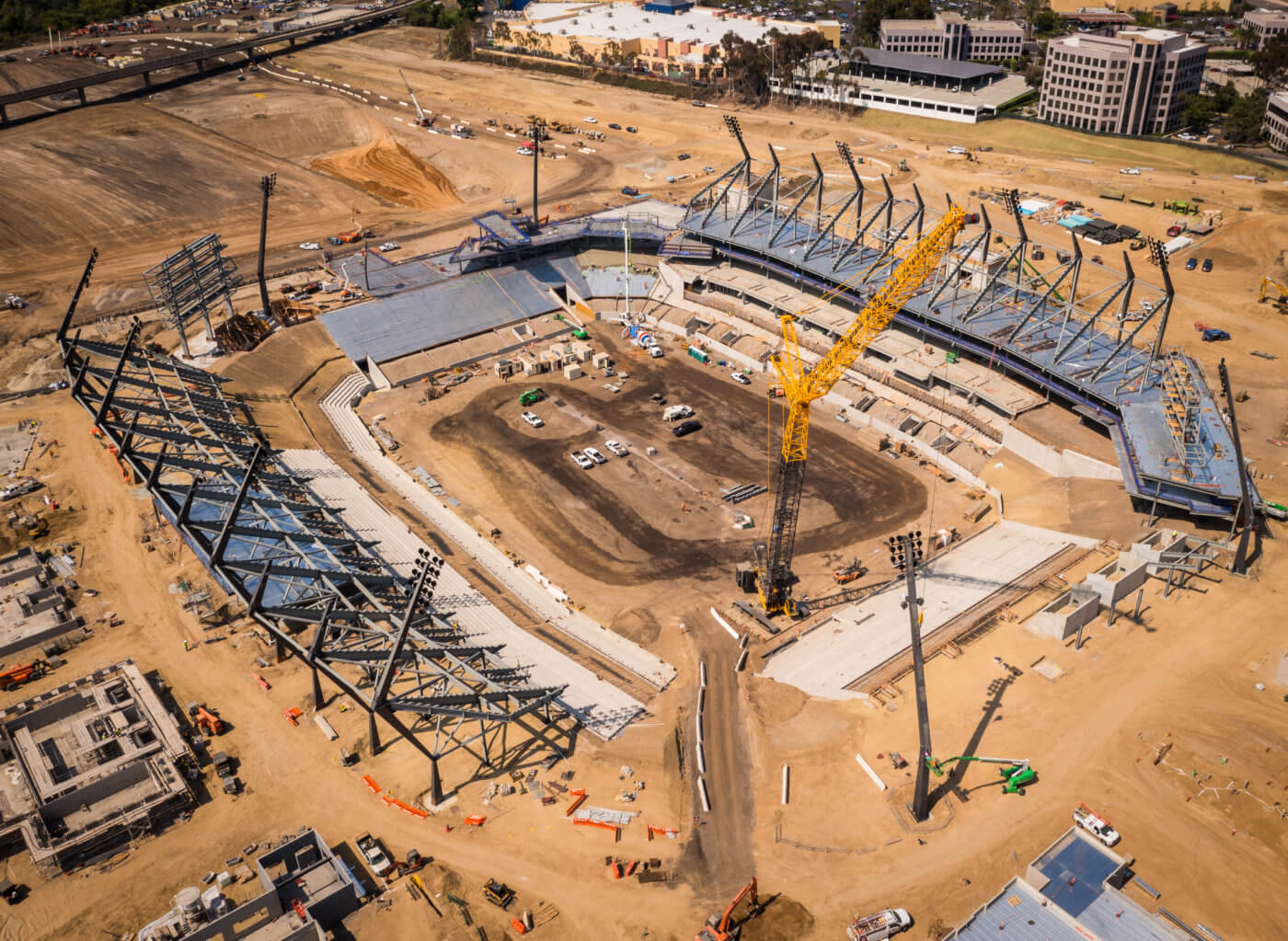
Buildings, where componentization has not been performed typically, are depreciating over 40 to 50 years. Componentization studies analyze the work done during capital construction projects, segregate costs to the building components, including installed fixed equipment, and assign useful lives to each specific component.
When performed on research-intensive facilities, this proper assignment of cost provides a more representative recovery of the building depreciation component for F&A rate calculations and recovery.
Representative Recovery
In general terms, the act of componentization means segregating each of a building’s components into its accounting class.
For instance, a building’s shell may have a 40-50 year life, but some of the components within that shell have a much shorter life—think of the installed fixed equipment, roofing or carpet lining the inside of this building’s shell. These things won’t last the entire 40-to-50-year life, so by componentizing costs associated with these building components, you get a more representative recovery. It’s the same depreciation, but you allocate construction costs into building components with more representative useful lives.
Three things to consider
The segregation of costs should have the ability to roll up into the three buckets outlined in OMB-21 and Uniform Guidance:
- Building Shell
- Building Services
- Building Fixed Equipment
In the same way, within each of these buckets, you are allowed subcomponents. This methodology is done through site-by-site analysis to provide the most accurate allocation of costs and will optimize the building component of F&A rate calculations and recovery through cost segregation to individual components with representative useful life assignments.
How We Help
We come out to your campus and review research construction renovation projects, buildings, additions or new spaces being created, and componentize the associated construction costs.
Our team will walk the space and identify and appraise contractor-installed fixed equipment allowing for the depreciation to be allocated at a 15-year life and to the space functional percentage by room. This methodology allows for the assignment of construction costs to the correct accounting classes, and more representative recovery of costs for the building depreciation component of your F&A rate.
So, if it’s time to start rethinking what you’re doing—your traditional strategies— and make the move to this depreciation-by-component strategy, talk to an expert and find out how.